While there aren’t as many health concerns in cat breeds as there are in dog breeds, there are still certain considerations that should be taken when you’re looking at specific breeds. Some cat breeds are prone to more health problems than others and being aware of this can help you make a more educated decision on which breed you think is best for you and where you purchase or adopt your next feline companion.
#1 – Persian

The Persian is a brachycephalic cat breed, meaning it has a shortened but widened skull, giving it its flat-faced appearance. Because of this, the breed is prone to breathing difficulties and upper respiratory infections. The breed can have malformed tear ducts that lead to an overproduction of tears and although this isn’t harmful, it does lead to tear stains on the face. Issues with hair growing into the nose and eyes are also common. Kidney, cardiac and renal disease are also hereditary in this breed, as well as reproductive, skin and neurological disorders.
#2 – Siamese
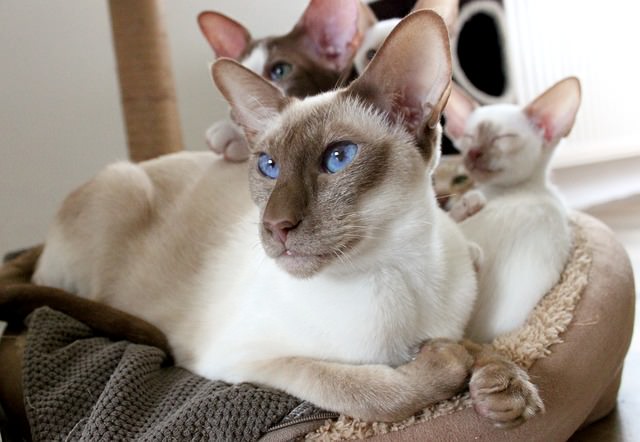
The Siamese has been shown to have a higher mortality rate than other breeds in a recent Swedish study. The breed most commonly suffers from mammary tumors and have a higher risk of other cancers and gastrointestinal issues as well. Siamese also frequently experience progressive retinal atrophy, an eye disorder that causes blindness.
#3 – Abyssinian
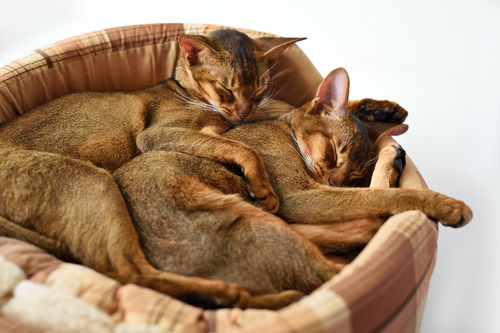
The Abyssinian has one of the highest rates of blindness in all cat breeds, suffering from a hereditary disorder causing the retina to degenerate. With detection tests recently available, the breed has become much healthier overall. The breed also has a higher incidence of gingivitis than other breeds.
#4 – Himalayan
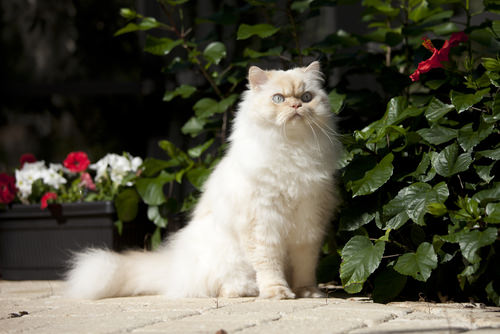
The Himalayan was created by heavy breeding of Persian cats and they therefore suffer from many of the same genetic ailments. Most notably, they are at a higher risk for polycystic kidney disease, or PKD, a life-threatening kidney disease. PKD can also affect the liver and pancreas.
#5 – Exotic Shorthair
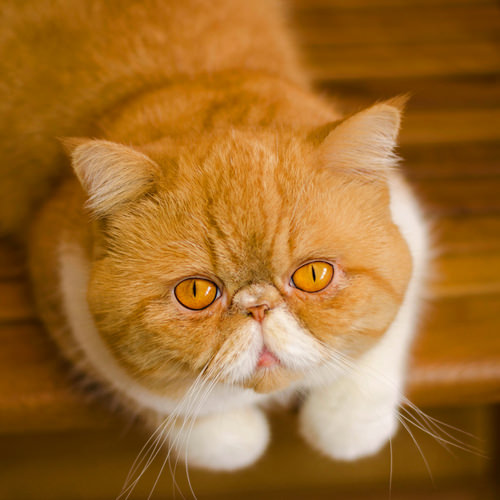
The Exotic Shorthair was also created by breeding Persian cats and they also suffer heavily from Polycystic kidney disease. In fact, recent studies have found that up to 40-50% of Exotic Shorthairs are affected by the life-threatening condition. Fortunately, there are DNA tests available to rule out unhealthy breeding animals.
#6 – Sphynx
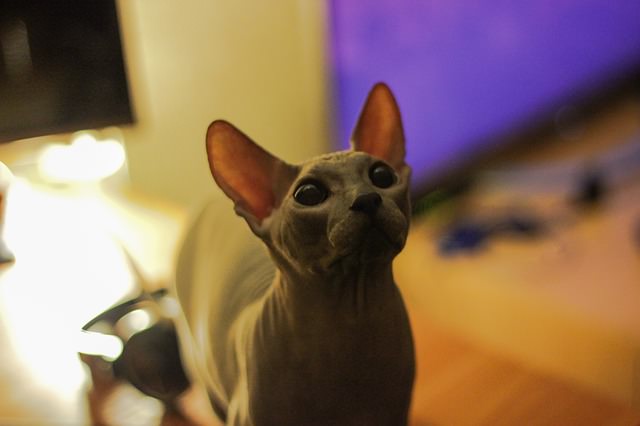
Sphynx kittens are at a higher risk for developing upper respiratory infections than other breeds and because of this their breeders often keep them for weeks longer than is normally necessary for kittens going to a new home. Their lack of fur also makes them susceptible to skin cancer, sun burns and other skin infections. The Sphynx is also at a high risk for a heart condition called mitral valve dysplasia, which can be life threatening and has no cure.
#7 – Scottish Fold
Scottish Folds are mostly susceptible to Polycystic kidney disease and cardiomyopathy, both of which are life-threatening conditions. Further, the Scottish Fold suffers greatly from irresponsible breeding. The genetic mutation that makes the breed’s ears fold needs to be kept at bay, meaning two folded-eared cats cannot be bred together. To keep the breed healthy, only a normal-eared cat and a folded-eared, or two normal-eared cats, can be bred. This is because the genetic mutation can lead to progressive arthritis causing bone lesions and other health problems. Typically, two folded-eared cats can produce offspring unable to live normal, healthy lives.
